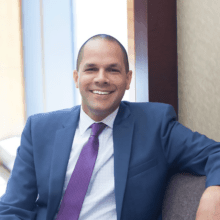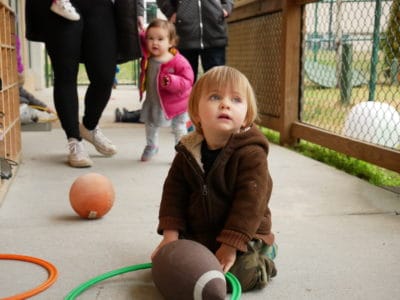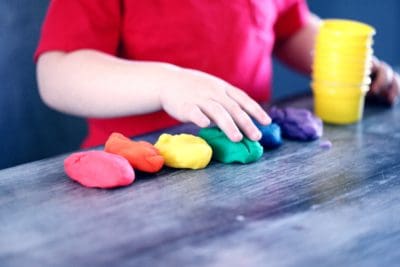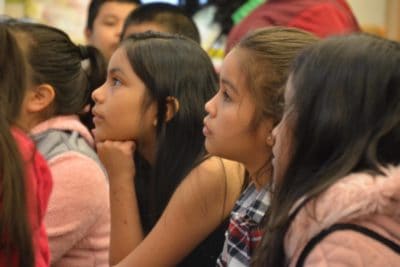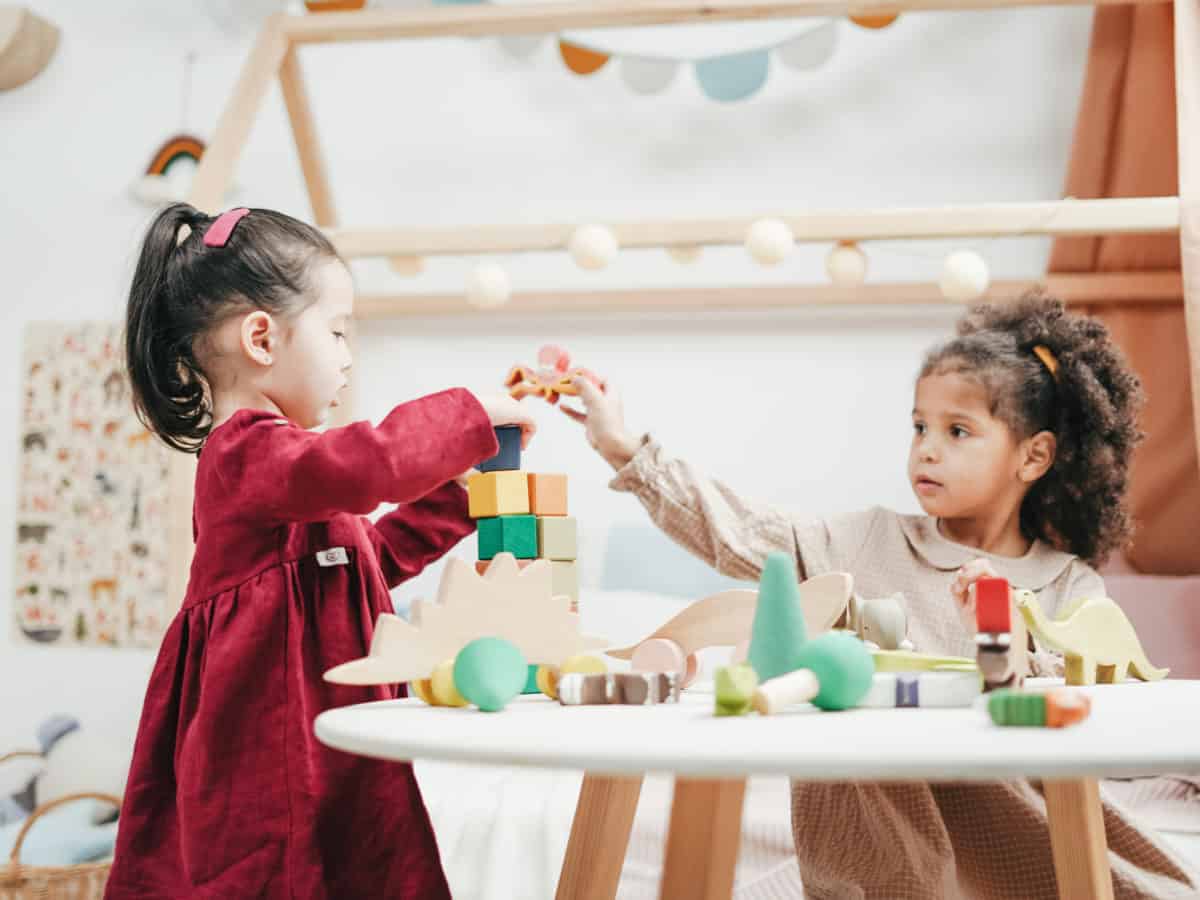
Teachers have an expression: Maslow before Bloom. If you’re not steeped in educational jargon it might be easy to miss the point, but it’s an important one — particularly within the context of COVID-19 — so allow us a moment to explain.
Abraham Maslow was an American psychologist best known for his “Hierarchy of Needs.” In a nutshell, Maslow theorized that humans have a prioritized set of needs that must be fulfilled — in sequence — in order to achieve their full potential. At the foundation of his pyramid-shaped model, Maslow placed basic physiological needs (like food, water, and shelter), followed closely by a sense of safety and security — both prerequisites, he argued, for advancement to higher levels of learning and self-actualization.
Fellow psychologist Benjamin Bloom developed a similarly famous pyramid model (known in classroom lesson plans the world over as “Bloom’s Taxonomy”) that orders the complexity of learning outcomes, from the most basic (facts committed to memory) to the ability to analyze, evaluate, and ultimately create new knowledge.
So what do teachers mean by Maslow before Bloom? It’s that before complex learning can happen in our classrooms, children must have their most fundamental needs met. Children entering the classroom without regular nourishment and shelter, for example, are unlikely to engage deeply in learning.
The same holds true in environments where children do not feel safe. And that presents an unusually vexing challenge as we look toward the coming school year.
It’s hard enough, after all, to create “psychologically safe” learning environments in which students feel the freedom to take risks and make themselves vulnerable to new and challenging experiences. But what happens when one’s own physical safety in the classroom is reasonably called into question? When young children are asked to wear masks and maintain a safe distance from their peers to avoid infection? Or required to participate in schooling only from a distance because of the fundamental dangers involved?
The bottom line is that, whether instruction takes place in person or online, children (like adults) are living through an unusually scary time. And it is incumbent on us as adults to focus like never before on the creation of safe and nurturing learning environments, caring relationships, and the provision of the time and supports necessary to foster real learning during an extraordinary period in our history.
Kindergarten teachers are especially skilled at this, often investing weeks at the beginning of school year to build community and establish the kinds of interpersonal connections needed to help young children overcome their anxieties and adjust to their new school environments. In that sense at least, the 2020 school year will be much like any other for them — only on steroids. But with traditional back-to-school anxieties compounded this year for children of all ages (by months of isolation, the potential loss of loved ones, and reasonable concerns around safety), 2020 may be the year for all of education to take a cue from early childhood and become just that much more nurturing and relationship-focused.
Given concerns around COVID-related learning losses, some teachers will be understandably tempted to plunge still faster into content. But the investment in creating a sense of safety and connectedness for children so desperately lacking it can only pay dividends in the long run.
Always remember: When it comes to learning, it’s Maslow before Bloom.

